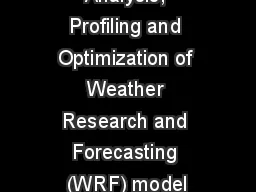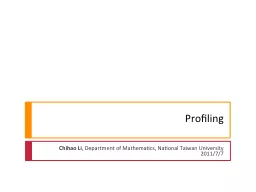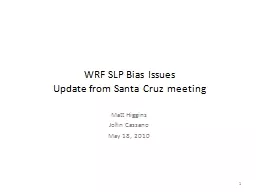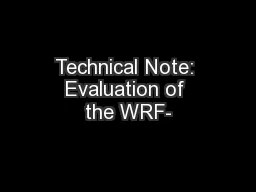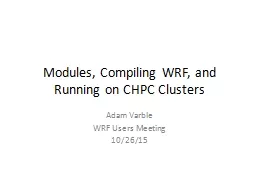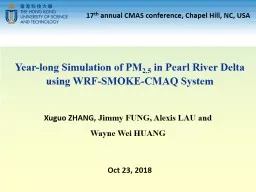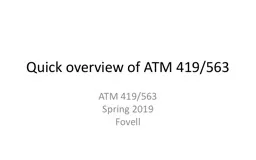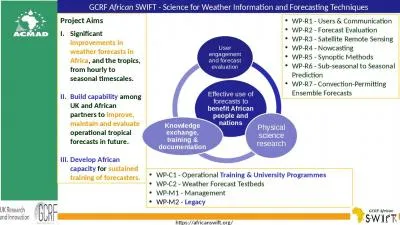PPT-Performance Analysis, Profiling and Optimization of Weather Research and Forecasting
Author : min-jolicoeur | Published Date : 2020-04-06
Negin Sobhani 12 Davide Del Vento 2 David Gill 2 Sam Elliot 32 and Srinath Vadlamani 4 1 1 University of Iowa 2 National Center for atmospheric ResearchNCAR
Presentation Embed Code
Download Presentation
Download Presentation The PPT/PDF document " Performance Analysis, Profiling and Opt..." is the property of its rightful owner. Permission is granted to download and print the materials on this website for personal, non-commercial use only, and to display it on your personal computer provided you do not modify the materials and that you retain all copyright notices contained in the materials. By downloading content from our website, you accept the terms of this agreement.
Performance Analysis, Profiling and Optimization of Weather Research and Forecasting: Transcript
Download Rules Of Document
" Performance Analysis, Profiling and Optimization of Weather Research and Forecasting"The content belongs to its owner. You may download and print it for personal use, without modification, and keep all copyright notices. By downloading, you agree to these terms.
Related Documents

